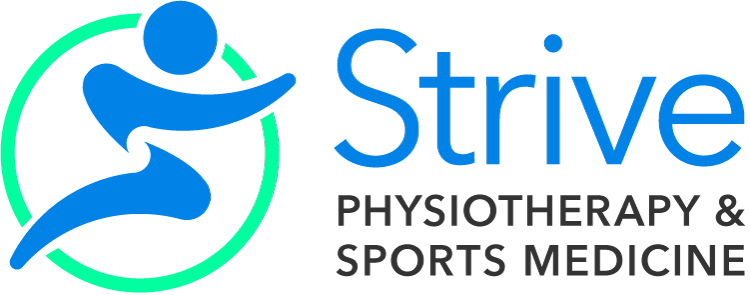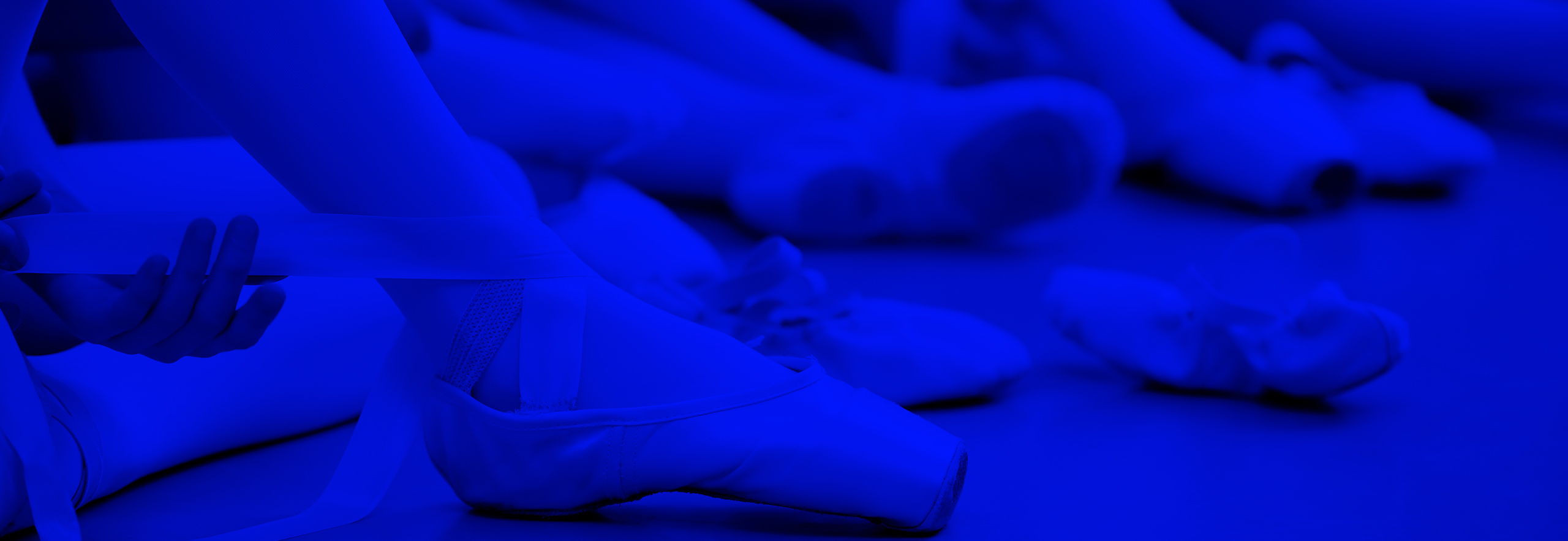Start Off The Year With Confidence
Whether you are returning to dance after an injury or a long break, or simply wanting to check-in to make sure you are physically ready for the season, a Pre-Season or Pre-Pointe screen may be right for you!
What Is A Pre-Season Screen?
A Pre-Season Screen is a physical assessment to determine readiness to return to dance. Your Strive Physiotherapist will look at your dance technique, mobility, posture, and strength, and ask you about pain and any injuries you may have experienced. Screens are important for injury prevention and identifying any factors that have the potential to contribute to re-injury or injuries that may occur in the future. After the assessment, your physiotherapist will help you to create a plan to improve any risk factors that may have been identified.
Benefits Of Participating In A Pre-Season Screen:
- Goal Setting
- Create personal goals for the dance season
- Eg:improving your splits or your turnout
- Education
- Ask questions about injury prevention techniques to ensure a healthy and successful year in the studio including establishing safe warm up and stretching routines, dance specific strength training and conditioning, or ways to manage hypermobility disorders
- Develop a personalized program
- Once your goals have been set, an individualized program will be created to meet your personal goals
- Identify injury risks to avoid problems before they start
What Is A Pre-Pointe Screen?
A Pre-Pointe screen specifically assess readiness for pointe work. During a Pre-Pointe Screen, specific factors related to pointe work, such as ankle mobility, balance, leg strength, alignment and technique are assessed. Factors including age, years of dance training, number or hours or dance training per week will also be discussed, to determine readiness to progress to pointe work.
Benefits Of Participating In A Pre-Point Screen:
- Determine readiness to start pointe work
- Factors include age, years of dance training, number or hours or dance training per week
- Identify injury risks to avoid problems before they start
Suffering From A Pre-Existing Dance Injury?
- A one-on-one assessment is provided to determine the nature and cause of the injury
- A personalized treatment plan is provided to optimize healing and encourage a safe return to dance
- Common injuries include Achilles tendonitis, patellofemoral pain syndrome, snapping hip syndrome, posterior ankle impingement
Not Sure If Physiotherapy Is Right For You?
We are here to help! Call us at (416) 486-4776 to book a free 10-minute phone consultation with Grace Underwood, a Physiotherapist who is experienced with dance rehabilitation. She was a dancer like you and so she understands the unique needs of dancers. Schedule a time to chat with her to find out if Physiotherapy is right for you.

Written in 2021 by Danna Epstein Marcus, Registered Physiotherapist
Grace Underwood
BComp (Honours), MSc in Computing, MScPT
Registered Physiotherapist
Grace completed her Master of Science in Physical Therapy at the University of Toronto. Before physiotherapy school she obtained a Bachelor of Computing with a specialization in biomedical applications and a Master of Science in Computing from Queen’s University. After completing her physiotherapy education, she has completed courses in taping and dry needling. Grace is passionate about orthopaedic Physiotherapy and plans to continue her post-graduate education by pursuing courses in manual therapy, acupuncture, and sport physiotherapy.


